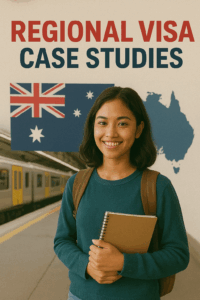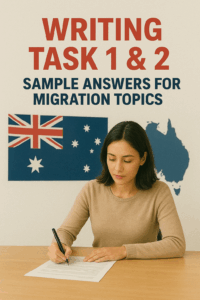Discover Australia’s most diverse cities in 2025 by population—top multicultural hubs, rich cultural mix, largest immigrant communities, and inclusive urban living.
Introduction
Australia ranks among the world’s most multicultural countries, with nearly 28% of its population born overseas. In 2025, several key cities stand out as vibrant cultural mosaics where diverse communities thrive, offering dynamic experiences of inclusion, varied cuisines, languages, and cultural festivals. Knowing Australia’s most diverse cities by population helps newcomers and residents appreciate where multiculturalism enriches everyday life.
Top Multicultural Cities in Australia by Population Diversity
Sydney and Melbourne lead as Australia’s two largest and most ethnically diverse cities. Sydney’s population of approximately 5.25 million in 2025 reflects nearly 45% of residents born overseas, with large immigrant populations from China, the UK, India, and beyond. Its diverse neighborhoods celebrate cultural festivals year-round—from Chinese New Year in Chinatown to Italian feasts in Leichhardt—highlighting an inclusive, cosmopolitan lifestyle.
Melbourne, slightly larger at around 5.39 million residents, also embodies multiculturalism deeply. About 33% of Melburnians were born overseas, with significant communities from China, India, Vietnam, and Italy. Known for its arts scene, multicultural cuisine, and cultural events like the Melbourne International Arts Festival, Melbourne’s diversity is woven into daily life through neighborhoods such as Footscray and Richmond.
Brisbane, as the third largest city with a population near 2.57 million, is growing rapidly in diversity. Its immigrant population includes sizeable groups from Asia, New Zealand, and the Pacific Islands, supported by expanding cultural festivals, ethnic precincts, and inclusive services aligned with a warm, outdoor lifestyle.
Other cities of note include Perth (2.17 million) and Adelaide (1.39 million), which show growing multicultural populations attracted by job opportunities and affordable living. Perth, with strong Asian and European communities, promotes inclusiveness through cultural institutions and events. Adelaide balances tradition and diversity, highlighting Italian, Greek, and Asian heritage in its vibrant local culture.
Multicultural Hubs and Inclusive Living: Where Diversity Thrives
Within these major cities, specific suburbs and local areas act as multicultural hubs fostering community integration, business opportunities, and cultural exchange. In Sydney, suburbs like Hurstville and Chatswood are renowned for vibrant Asian communities. Melbourne’s Sunshine and Springvale neighborhoods offer culinary delights and cultural festivals, enriching the city’s social fabric.
Queensland’s multicultural hubs include Fortitude Valley in Brisbane and culturally rich precincts in suburbs like Sunnybank. These areas provide migrants and locals access to ethnic businesses, cultural centers, language schools, and religious sites, fostering strong social support networks.
Australian cities also maintain policies and services promoting inclusive living—multicultural advisory councils, language support programs, and celebration of cultural diversity in schools and workplaces—ensuring that growing diversity translates into social harmony and opportunity.
Conclusion
Australia’s most diverse cities by population in 2025—led by Sydney, Melbourne, and Brisbane—are vibrant hubs of multiculturalism, offering rich cultural experiences and inclusive communities. These cities not only celebrate diversity but build it into the urban identity, enriching lives for migrants and locals alike.

